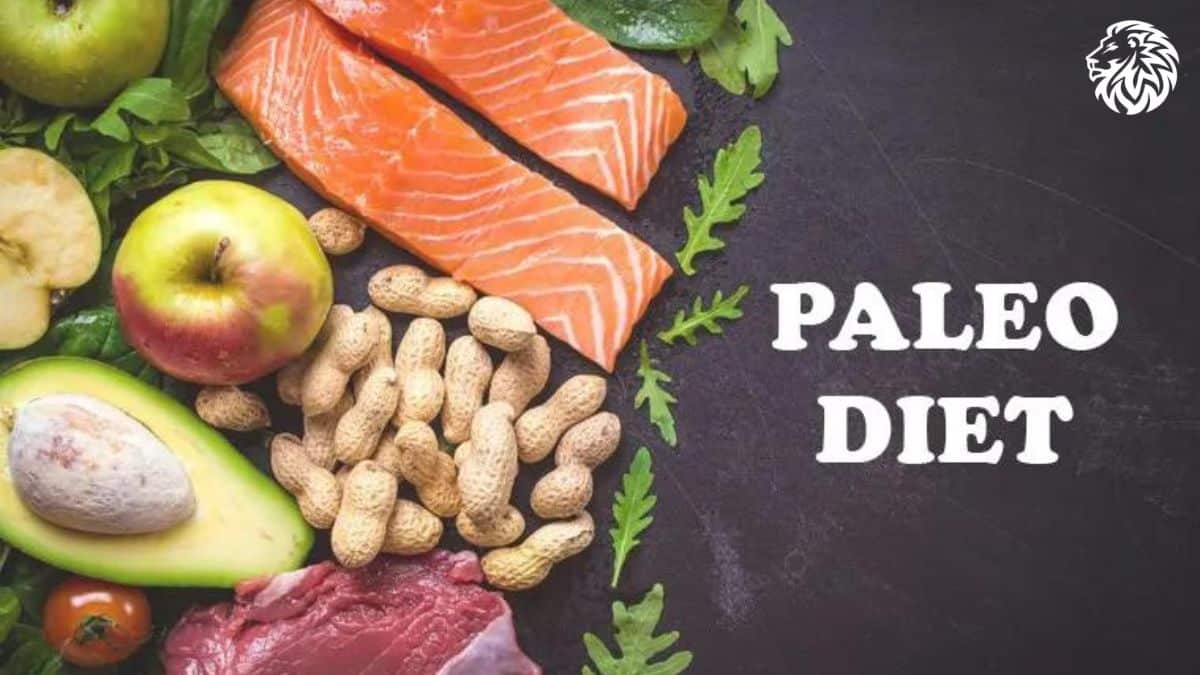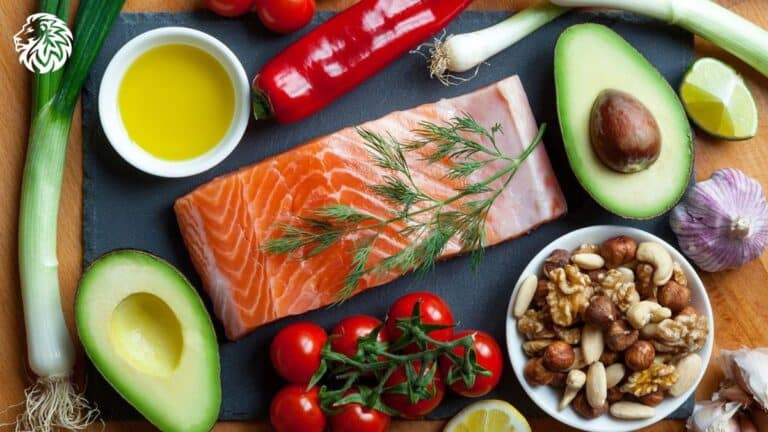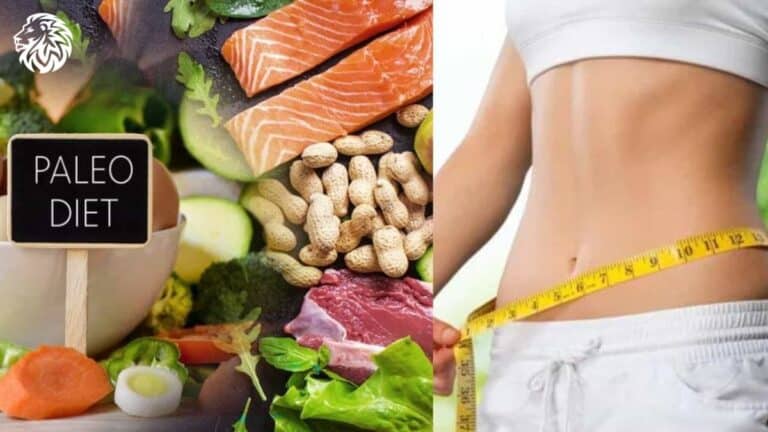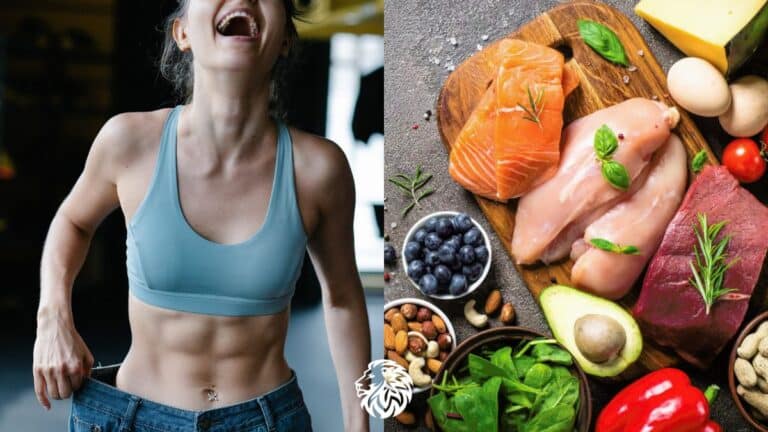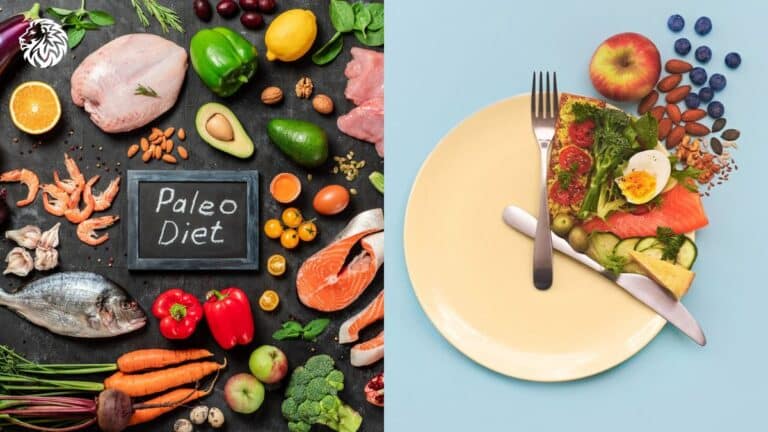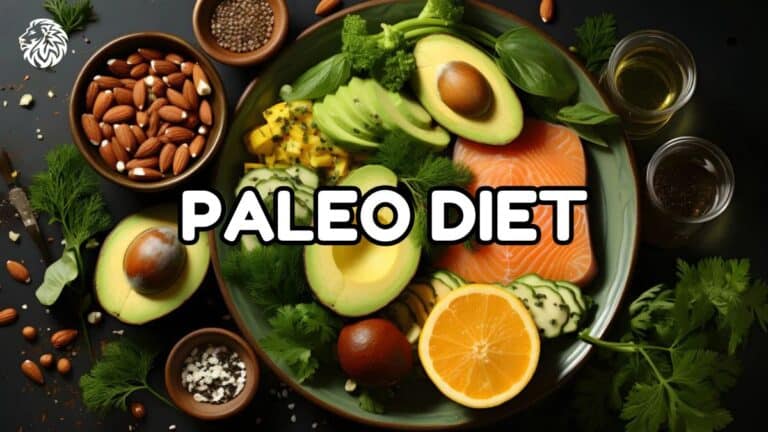Hey everyone! Today, let’s dive into a topic that’s creating quite a stir in the health and wellness community – the Paleo Diet. Maybe you’ve heard whispers about it, or perhaps it’s a totally new concept for you. Either way, you’re in the perfect spot to learn more!
Picture the Paleo Diet as a culinary time machine, transporting us back to the days of our cave-dwelling ancestors. It’s all about embracing the diet of our forebears, focusing on whole, unprocessed foods. Imagine a menu filled with meats, fish, nuts, seeds, fruits, and vegetables – basically, anything that could be hunted or gathered by hand in the olden days.
But why are we looking to our ancient past for dietary inspiration? The idea is that our bodies are still best suited to what our ancestors ate. They thrived on this diet, and many believe that by mirroring their eating habits, we can unlock a healthier version of ourselves.
Now, let’s chat about the perks. The Paleo Diet isn’t just popular for its historical charm; it’s praised for tangible health benefits. Think along the lines of shedding a few pounds more easily, getting a grip on blood sugar levels, and even cutting down the risk of heart disease. And it’s not just hearsay – there’s genuine scientific research supporting these benefits. Adopting a Paleo lifestyle has been shown to have a meaningful impact on health.
So, there’s your brief intro to the Paleo Diet – a throwback to ancient times with some impressive benefits for today’s health-conscious crowd. Stick around for more insights into this intriguing approach to eating and how it might just be the key to a healthier you!
Understanding Paleo Diet Fundamentals
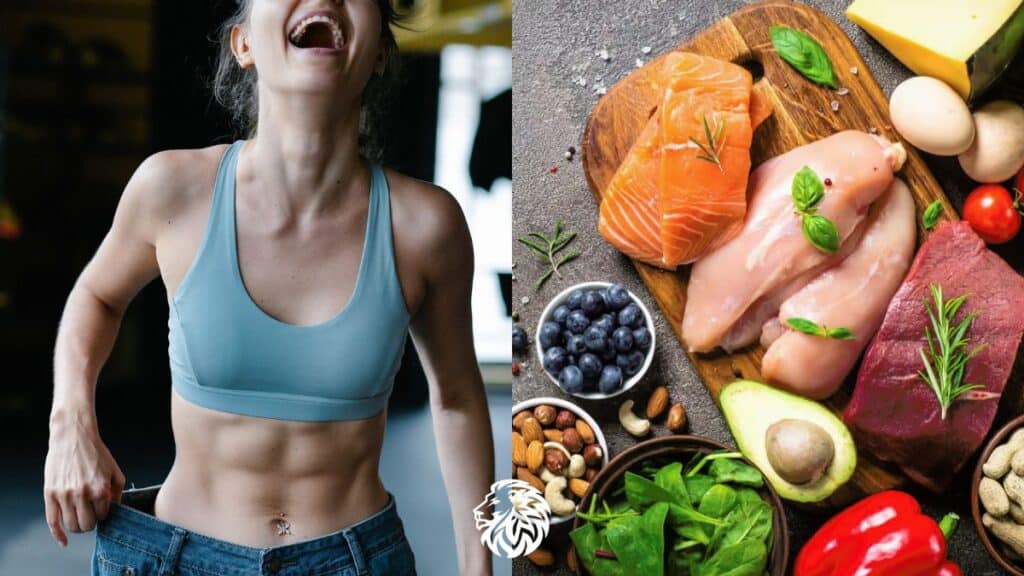
Alright, let’s get down to the nitty-gritty of the Paleo Diet and really understand what it’s all about. Think of this as Paleo 101!
First up, the definition. The Paleo Diet is essentially a way of eating that mimics the diet of our Paleolithic ancestors. That’s the era before the advent of agriculture and animal domestication. The idea is to eat foods that are as natural and unprocessed as possible – the kind of stuff you could hunt or gather.
Now, why eat like our ancestors, you might ask? The philosophy here is pretty straightforward. Our ancestors were hunters and gatherers, and their diets were very different from ours today. They didn’t have processed foods, refined sugars, or grains. Proponents of the Paleo Diet believe that our bodies are better suited to this old-school way of eating, and that modern diets are linked to diseases like obesity, heart disease, and diabetes.
So, what’s on the menu in the Paleo world? It’s all about whole, unprocessed foods. We’re talking lean meats, fish, fruits, vegetables, nuts, and seeds. These are the foods that could be hunted or found in nature. On the flip side, things to avoid include dairy, grains, processed foods and sugars, legumes, and most oils. The idea is to steer clear of anything that wouldn’t have been accessible to our Paleolithic pals.
Now, here’s a key point: quality is king in the Paleo Diet. It’s not just about what you eat, but how that food was raised or grown. Grass-fed, organic meats? Yes, please. Fresh, organic fruits and veggies? Absolutely. The Paleo Diet places a big emphasis on choosing the highest quality, most natural versions of foods. This focus on quality is all about getting the most nutritional bang for your buck and keeping things as close to nature as possible.
So, there you have it – the basics of the Paleo Diet. It’s more than just a diet; it’s about embracing a philosophy of eating that’s about simplicity, quality, and sticking to our roots. Next up, we’ll dive into the specifics of what foods are Paleo-approved and which ones to wave goodbye to!
Comprehensive Food List
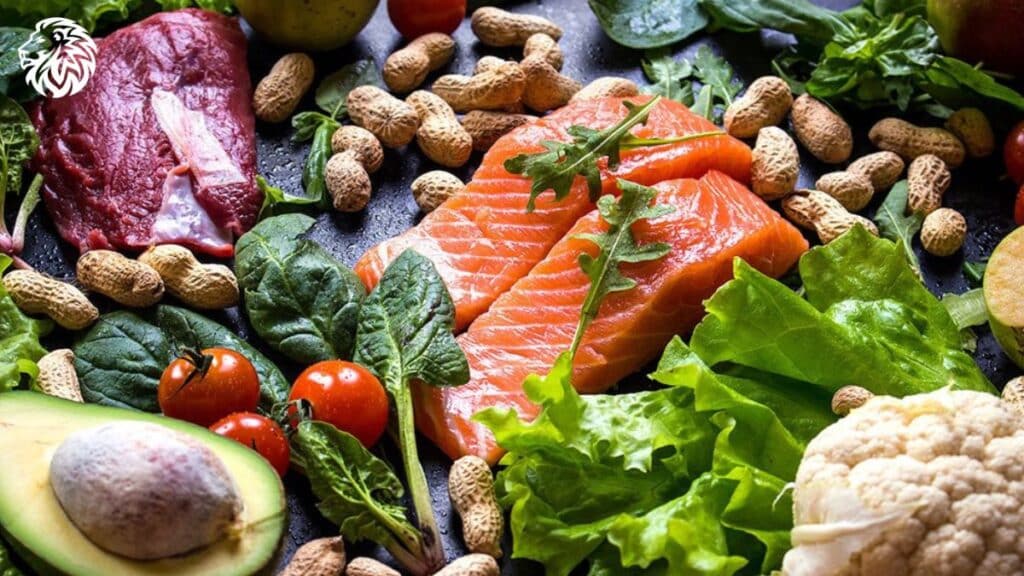
The Paleo Diet is all about natural, wholesome foods, and there’s a lot to choose from. Here’s a comprehensive list to guide you through the Paleo pantry:
Meats and Poultry
- Grass-Fed Beef: This is top-notch stuff, rich in omega-3s and free from added hormones.
- Organic Chicken: A versatile protein source, great for anything from roasting to grilling.
- Free-Range Pork: Look for pasture-raised options for the best quality.
- Wild Game: Think venison, bison, and elk – these are super Paleo-friendly.
Fish and Seafood
- Salmon: Especially wild-caught, it’s a fantastic source of omega-3 fatty acids.
- Shellfish: Shrimp, clams, oysters – all great choices packed with nutrients.
- Tuna: Fresh or canned in water, it’s a great protein-rich option.
- White Fish: Like cod or halibut, perfect for light meals.
Vegetables
- Leafy Greens: Spinach, kale, and Swiss chard are loaded with vitamins.
- Cruciferous Veggies: Think broccoli, cauliflower, and Brussels sprouts.
- Root Vegetables: Sweet potatoes, carrots, and beets (just watch the sugar content).
- Squash: Both summer and winter varieties are great options.
Fruits
- Berries: Strawberries, blueberries, and raspberries are low in sugar and high in antioxidants.
- Apples and Pears: Great for a sweet snack, preferably organic.
- Citrus Fruits: Oranges, lemons, and limes are good choices.
- Melons: Watermelon, cantaloupe, and honeydew are refreshing options.
Nuts and Seeds
- Almonds and Walnuts: Great for snacking or adding crunch to salads.
- Chia and Flax Seeds: Excellent for omega-3s and fiber.
- Pumpkin and Sunflower Seeds: Perfect for a quick snack or as a salad topper.
Healthy Fats and Oils
- Coconut Oil: Great for cooking at high temperatures.
- Olive Oil: Perfect for dressings and low-heat cooking.
- Avocado Oil: A versatile oil for cooking and dressings.
- Ghee: Clarified butter, great for cooking and rich in flavor.
Herbs and Spices
- Fresh Herbs: Like basil, cilantro, and parsley – they add fresh flavor to any dish.
- Dried Spices: Turmeric, cumin, paprika, and more for seasoning meats and veggies.
- Garlic and Onions: These are essentials for flavoring a whole range of dishes.
Remember, the Paleo Diet is all about quality. So, wherever possible, go for organic, grass-fed, and wild-caught options. It’s about feeding your body the best of the best. With this list in hand, you’re all set to whip up some delicious, nutritious, Paleo-approved meals!
Foods to Avoid in the Paleo Diet

Just as important as knowing what to eat on the Paleo Diet is understanding what to steer clear of. While it might seem like a bit of a challenge at first, once you get the hang of it, avoiding these non-Paleo foods becomes second nature. So, let’s break down the no-no list:
Grains and Gluten
- All Grains: This includes wheat, oats, barley, rye, corn, rice, and quinoa. Yep, even the so-called “healthy” grains are out.
- Gluten: Found in many grains, gluten is a definite no-go on the Paleo plan.
Dairy Products
- Milk, Cheese, and Yogurt: These are generally off-limits, especially if they’re from cows not raised on grass.
- Butter: Although some Paleo followers include grass-fed butter, it’s generally avoided.
Processed Foods and Sugars
- Junk Food: Think chips, candy, and anything that comes in a package with a long ingredient list.
- Refined Sugars: White sugar, high-fructose corn syrup – these are major Paleo no-nos.
- Processed Snacks: Even if they claim to be “healthy,” most processed snacks are not Paleo-friendly.
Legumes and Beans
- Beans and Lentils: Despite being plant-based, these are excluded due to their high lectin and phytic acid content.
- Peanuts: Technically a legume, so they’re out too.
Certain Vegetable Oils and Trans Fats
- Canola, Sunflower, Soybean, and Corn Oils: These highly processed oils are a big no.
- Margarine and Shortening: These contain trans fats, which are definitely not Paleo.
Artificial Sweeteners and Preservatives
- Aspartame, Sucralose, etc.: These don’t fit into the natural ethos of the Paleo diet.
- Food Additives: If you can’t pronounce it, you probably shouldn’t be eating it on Paleo.
The Paleo Diet is all about getting back to the basics of whole, natural foods. It’s about cutting out the modern dietary culprits that can cause health issues. By avoiding these foods, you’re not just following a diet; you’re embracing a healthier lifestyle that focuses on natural, nutrient-rich foods. Sure, it might require some label reading and a bit of meal planning, but your body will thank you for it!
Sample Meal Plans and Recipes
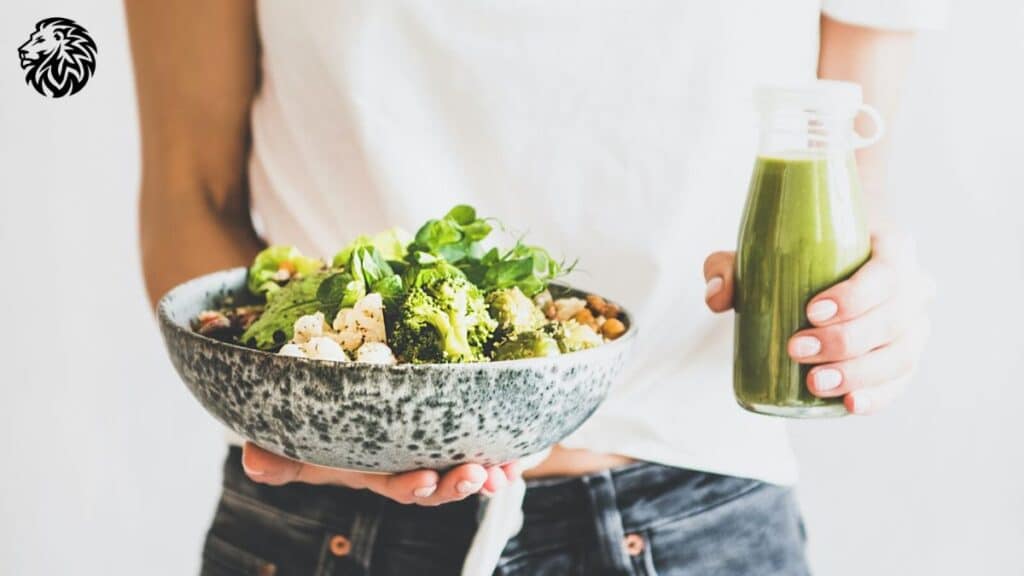
Let’s talk about some delicious meal ideas and practical tips to make following the Paleo Diet both easy and enjoyable. Here’s a sample meal plan with some recipes to get you started, plus snack ideas and meal prepping tips!
Breakfast Ideas
- Veggie Omelette: Whisk together some eggs and pour them into a hot skillet. Add spinach, mushrooms, and bell peppers. Serve with a side of avocado.
- Paleo Pancakes: Use almond flour, eggs, and bananas to create a Paleo-friendly pancake batter. Top with fresh berries and a drizzle of honey.
- Smoothie Bowl: Blend together a mix of spinach, frozen berries, a banana, and almond milk. Top with sliced almonds and chia seeds.
Lunch Ideas
- Chicken Salad: Toss grilled chicken with mixed greens, cucumber, cherry tomatoes, and avocado. Use olive oil and lemon juice as a dressing.
- Zucchini Noodle Stir-Fry: Sauté zucchini noodles with your choice of protein (like shrimp or chicken), add some broccoli, bell peppers, and a splash of coconut aminos for flavor.
- Paleo Wraps: Use lettuce leaves as wraps filled with sliced turkey, avocado, and cucumber. Add a dollop of Paleo-friendly mayo.
Dinner Ideas
- Grilled Salmon with Asparagus: Season a salmon fillet with lemon and dill, grill it to perfection, and serve with a side of grilled asparagus.
- Beef Stir-Fry: Cook sliced grass-fed beef with a mix of your favorite veggies like carrots, broccoli, and bell peppers. Season with garlic, ginger, and coconut aminos.
- Cauliflower Rice Bowl: Sauté cauliflower rice with onions, then top with grilled chicken, avocado, and a sprinkle of fresh cilantro.
Snack Suggestions
- Nuts and Seeds: Almonds, walnuts, or pumpkin seeds are great for a quick snack.
- Fruit: Apple slices with almond butter, or a handful of berries.
- Veggie Sticks: Carrot, cucumber, or bell pepper sticks with guacamole or a Paleo dip.
- Boiled Eggs: Easy to prepare ahead and perfect for a protein-packed snack.
Meal Prepping and Planning Tips
- Batch Cook: Prepare large portions of staples like grilled chicken, roasted veggies, or boiled eggs at the beginning of the week.
- Plan Your Meals: Spend some time each week planning your meals. This helps avoid the temptation to stray from the Paleo path.
- Keep it Simple: Stick to simple recipes with a few ingredients to save time and reduce stress.
- Use Freezer and Fridge Smartly: Store pre-chopped veggies in the fridge for quick meals, and freeze portions of cooked meals for later.
With these meal ideas and tips, following the Paleo Diet can be both manageable and delicious. Remember, the key is to find recipes and foods that you enjoy, which also fit into the Paleo framework. Happy eating!
Tips for Transitioning to a Paleo Diet
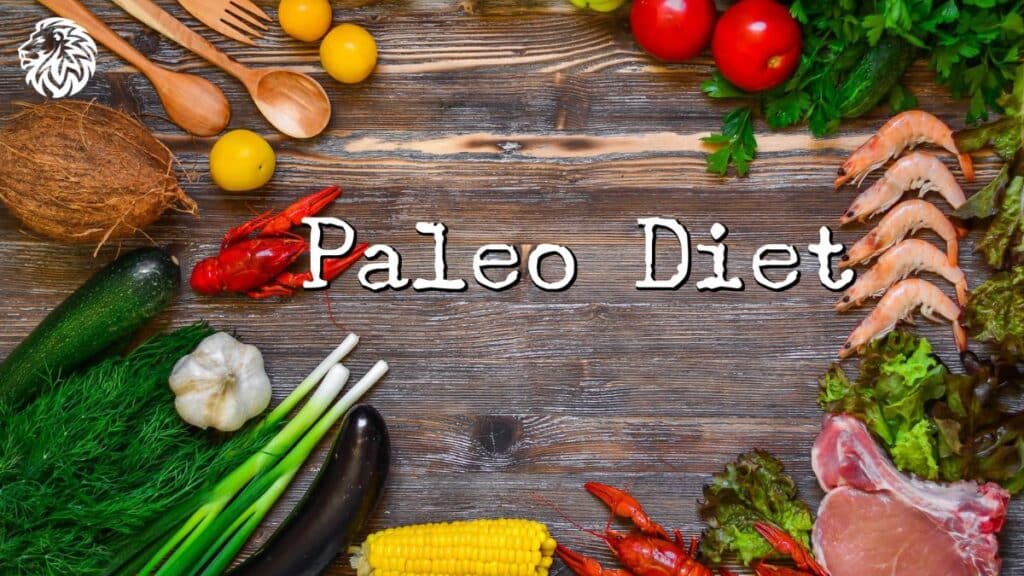
Transitioning to a Paleo Diet can be a big change, especially if you’re used to a diet heavy in processed foods, grains, and dairy. But don’t worry, I’ve got some tips and strategies to make this shift smoother and more sustainable. Let’s break it down:
How to Start and Maintain the Paleo Diet
- Start Gradually: Instead of going all-in overnight, begin by slowly removing non-Paleo foods from your diet. This can make the transition less overwhelming.
- Focus on What You Can Eat: Concentrate on the variety of foods you can enjoy rather than what you’re cutting out. There’s a whole world of delicious, whole foods out there!
- Meal Prep and Plan: This is key. Plan your meals for the week and prep as much as you can. It’ll save time and reduce the temptation to grab non-Paleo foods.
- Read Labels: Become a pro at reading food labels to spot hidden non-Paleo ingredients like added sugars, grains, and unhealthy oils.
- Stay Hydrated: Drink plenty of water. It’s essential for overall health and can help with digestion and feeling full.
Strategies for Dining Out and Social Events
- Menu Research: Check out the menu beforehand to find Paleo-friendly options. Don’t be afraid to ask for modifications like grilled instead of fried.
- Communicate Dietary Preferences: If you’re invited to a social event, let the host know about your dietary preferences. You could even offer to bring a Paleo-friendly dish.
- Focus on Protein and Veggies: Most restaurants offer dishes centered around these two, making them a safe bet.
- Avoid Sauces and Dressings: These can be loaded with sugar and dairy. Ask for olive oil and lemon or vinegar as a dressing instead.
Coping with Cravings and Withdrawal Symptoms
- Healthy Substitutes: Find Paleo-friendly alternatives for your favorite non-Paleo foods. Craving sweets? Try a piece of fruit or a Paleo dessert.
- Stay Busy: Often cravings are more about boredom or habit than actual hunger. Keep yourself busy to avoid mindless snacking.
- Eat Regularly: Don’t let yourself get too hungry. Eating at regular intervals can help keep cravings at bay.
- Listen to Your Body: Understand the difference between a craving and hunger. If you’re truly hungry, opt for a healthy Paleo snack.
- Support System: Surround yourself with supportive friends or family, or join a Paleo community online for encouragement and advice.
Remember, transitioning to a Paleo Diet is a journey, not a race. It’s okay to take it one step at a time and find what works best for you. Be patient with yourself, and don’t get discouraged by setbacks. Over time, you’ll find a rhythm that works for you and your lifestyle. Happy eating!
Common Myths and Misconceptions
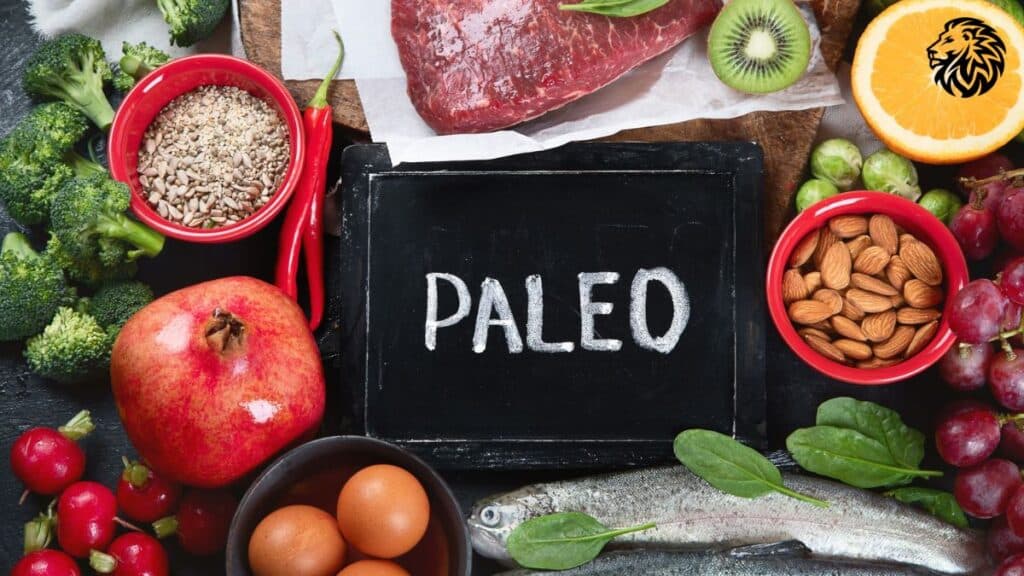
Jumping into the Paleo Diet can often bring with it a whole host of myths and misconceptions. It’s important to clear these up so you can embark on this dietary journey with all the right information. Let’s bust some of these common Paleo myths:
Myth 1: The Paleo Diet is Just a High-Protein, Low-Carb Diet
- Reality: While the Paleo Diet does emphasize protein from meat and fish, it’s not strictly low-carb. You get your carbs from fruits, vegetables, and nuts. The focus is more on eliminating processed carbs and grains.
Myth 2: You Can Eat All the Meat You Want on Paleo
- Reality: Yes, meat is a staple in the Paleo Diet, but balance is key. The diet also emphasizes fruits, vegetables, and healthy fats. It’s not an all-you-can-eat meat buffet, but rather a balanced approach to eating whole, unprocessed foods.
Myth 3: The Paleo Diet is Too Restrictive
- Reality: It might seem restrictive because it cuts out several food groups like grains, dairy, and legumes. However, there’s a wide variety of foods you can eat on Paleo, and many find it opens up their culinary horizons.
Myth 4: The Paleo Diet Lacks Fiber Because it Excludes Grains
- Reality: Even without grains, you can get plenty of fiber from fruits, vegetables, nuts, and seeds. Many people find they actually increase their fiber intake when they switch to Paleo.
Myth 5: Eating Like Our Ancestors Isn’t Practical or Beneficial Today
- Reality: While it’s true that our lifestyle and environment have changed since the Paleolithic era, the core principle of eating unprocessed, whole foods is beneficial. The diet encourages cutting out additives, preservatives, and chemicals that are common in modern diets.
Myth 6: The Paleo Diet Negatively Impacts Carbohydrate, Fat, and Protein Ratios
- Reality: The Paleo Diet can be very balanced. Carbohydrates come from fruits and vegetables, proteins from lean meats and fish, and fats from sources like avocados, nuts, and oils. It’s about choosing the right types of each macronutrient.
Myth 7: You Can’t Get Enough Calcium Without Dairy
- Reality: Calcium can be found in many non-dairy sources like leafy greens, almonds, and salmon. A well-planned Paleo diet can provide enough calcium without dairy.
Myth 8: The Paleo Diet is a Quick Fix for Weight Loss
- Reality: While many people experience weight loss on the Paleo Diet, it’s more about adopting a healthier lifestyle. Sustainable weight loss is often a happy side effect of a nutritious diet and improved lifestyle habits.
By understanding and addressing these myths, you can approach the Paleo Diet with a clearer perspective and make informed decisions about your diet and health. Remember, no diet is one-size-fits-all, so it’s important to find what works best for you and your body.
Conclusion
As we wrap up our journey through the Paleo Diet, let’s take a moment to reflect on what we’ve uncovered about this way of eating. The Paleo Diet, with its focus on whole, unprocessed foods, offers numerous benefits and serves as a reminder of the importance of simplicity in our diets.
Key Benefits of the Paleo Diet
- Improved Overall Health: By cutting out processed foods, added sugars, and unhealthy fats, you’re likely to see improvements in various aspects of your health.
- Weight Management: Many find that following a Paleo Diet helps in achieving and maintaining a healthy weight.
- Increased Energy: The shift to consuming more whole foods can lead to increased energy levels and better overall vitality.
- Better Digestion and Reduced Inflammation: Eliminating grains and processed foods can lead to better gut health and reduced inflammation.
Encouraging a Balanced Approach
It’s crucial to remember that the Paleo Diet, like any dietary approach, should be about balance and listening to your body. It’s not about strict rules or deprivation but about finding a way of eating that works for you and enhances your health and well-being.
- Personalization is Key: Adapt the diet to your individual needs and lifestyle. What works for one person may not work for another.
- Quality Over Everything: Focus on the quality of the foods you eat. Choose organic, grass-fed, and whole foods whenever possible.
- Mindful Eating: Pay attention to how different foods make you feel and adjust your diet accordingly.
Final Thoughts and Encouragement
Embarking on the Paleo Diet can be an exciting and transformative journey. It’s a chance to reconnect with the basics of good nutrition and focus on nourishing your body with the best that nature has to offer.
- Stay Curious: Explore new foods and recipes. The Paleo Diet opens up a world of creative and delicious food options.
- Be Patient and Persistent: Adjusting to a new way of eating takes time. Be patient with yourself and stay committed to your health goals.
- Seek Support: Whether it’s from friends, family, or online communities, having support can make a big difference in your Paleo journey.
Remember, the ultimate goal of the Paleo Diet—or any diet, for that matter—is to foster a healthier, happier you. It’s about making choices that support your body’s needs and lead you toward a more vibrant and fulfilling life. Here’s to your health and happiness on this Paleo adventure!
